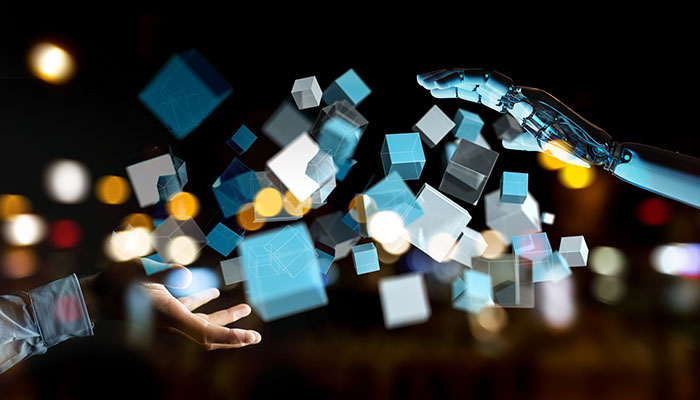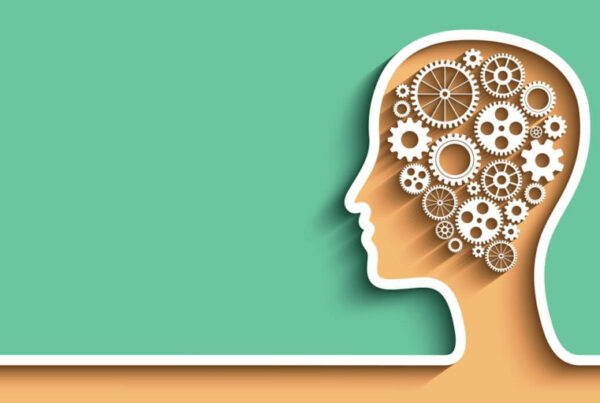Last week, I asked Alexa for a metric conversion. After answering, she followed up with a question of her own, “Did that answer your question?”
AI and its practical applications are constantly advancing and learning through data collection and continuous feedback. This article from The New York Times details what  researchers are doing to facilitate learning, as well as their goals for evolving AI to be autonomously learning. I find it interesting that even though there are aspirations for computer systems to self-supervise, IoT is so connected to users’ behavior. In this way, we – as individual consumers of AI-enabled technologies – are helping AI become more advanced through our feedback.
researchers are doing to facilitate learning, as well as their goals for evolving AI to be autonomously learning. I find it interesting that even though there are aspirations for computer systems to self-supervise, IoT is so connected to users’ behavior. In this way, we – as individual consumers of AI-enabled technologies – are helping AI become more advanced through our feedback.
This information exchange is an intriguing partnership. Here is more about where AI is at in terms of learning progress, and what researchers are looking to as the future.
Key takeaways from this article:
- AI’s true progress and advancement is dependent on computer systems learning on their own without supervision
- Supervised learning creates a narrow domain, wherein the algorithm can only learn from the information it is given
- Despite limitations, supervised learning has offered significant progress in practical applications like self-driving cars
- For AI’s next phase, researchers are training computer systems through reinforcement learning and less supervised methods
FULL SUMMARY: Link to Original
Researchers say computer systems must be able to learn on their own without supervision if they are to truly succeed. NYT writer, Craig Smith, likens this to a child learning how to walk by stumbling, again and again, until they are successful. Computers must go through the same process of observation or trial-and-error to achieve the “holy grail of human-level intelligence.”
The challenge to this learning is confined to narrow domains. Supervised learning for AI is fed through annotated data like images, text, or audio — the algorithm then becomes increasingly accurate as more and more data is processed. The sheer scale of labeled data needed for the application of supervised learning is a limitation. Autonomous learning is the goal, but researchers have already made significant progress with supervised learning and practical applications (e.g., self-driving cars, language translation, etc.).
Researchers are now looking to the less explored areas and transitioning to reinforcement learning – limited supervision and independent of training data – to teach computer systems to take action. Reinforcement learning is like teaching a rat to push a lever to receive a pellet of food. Animal and human experience of learning through curiosity and repetition is the next evolutionary step for AI: to become autonomous, self-supervised learning machines.








